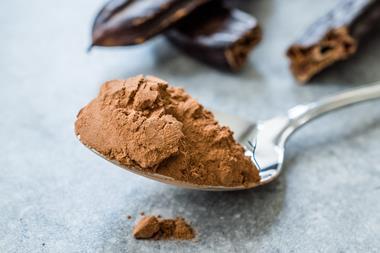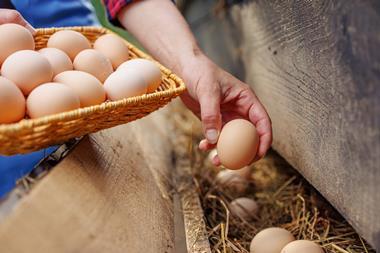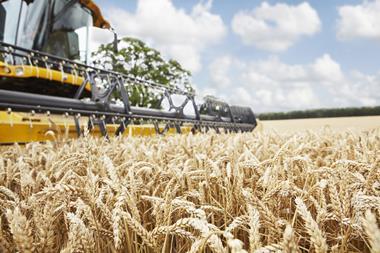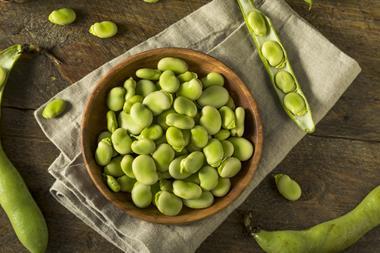Latest test results show a sharp decline in the proportion of wheat samples meeting full bread specification.
Figures published by the Agriculture & Horticulture Development Board (AHDB) on Friday (6 October) showed that only 24% of wheat samples were hitting the full spec. This is down from 31% in data published last month, and is in stark contrast in earlier reports.
The decline is contributing to an increase in the price of UK milling wheat, which is up more than 15% year on year, according to commodities analyst Mintec.
It has also widened the gap between the price of bread wheat and feed wheat futures, which, on 28 September this year, was wider than it has been for the previous two years, reported AHDB.
The key reason for the decline in wheat meeting spec has been low Hagberg Falling Numbers (HFN) following wet weather during the harvest. The average HFN for Nabim Group 1 samples is 254 seconds, 62 seconds down on last year’s final result (see below).
While it is relatively easy to compensate for other weaknesses in a crop, such as low protein and specific weight, it is more difficult to compensate for low HFN.
“There is a lot of variation between regions and, within regions, there is also a range of HFN values to be found,” said Alex Waugh, director general of the National Association of British and Irish Flour Millers (Nabim). “This means that the proportion of samples meeting full spec is well down on last year, and we anticipate millers will have to work hard to balance their grists as a result.”
According to the AHDB’s Grain Market Daily newsletter, anecdotal comments suggest some samples failing HFN testing are going straight into the feed pool, with no further tests for milling quality.
AHDB added one positive factor for the UK crop this season could be the higher-than-usual proportion of milling wheat planted compared to other years.
Hagberg Falling Numbers
The Hagberg test measures the time a plunger takes to fall through a heated mixture of ground grain and water, and provides an indication of the level of enzyme activity and onset of sprouting. A high number is better, with a threshold of 250 seconds used for bread-making wheat.
































No comments yet